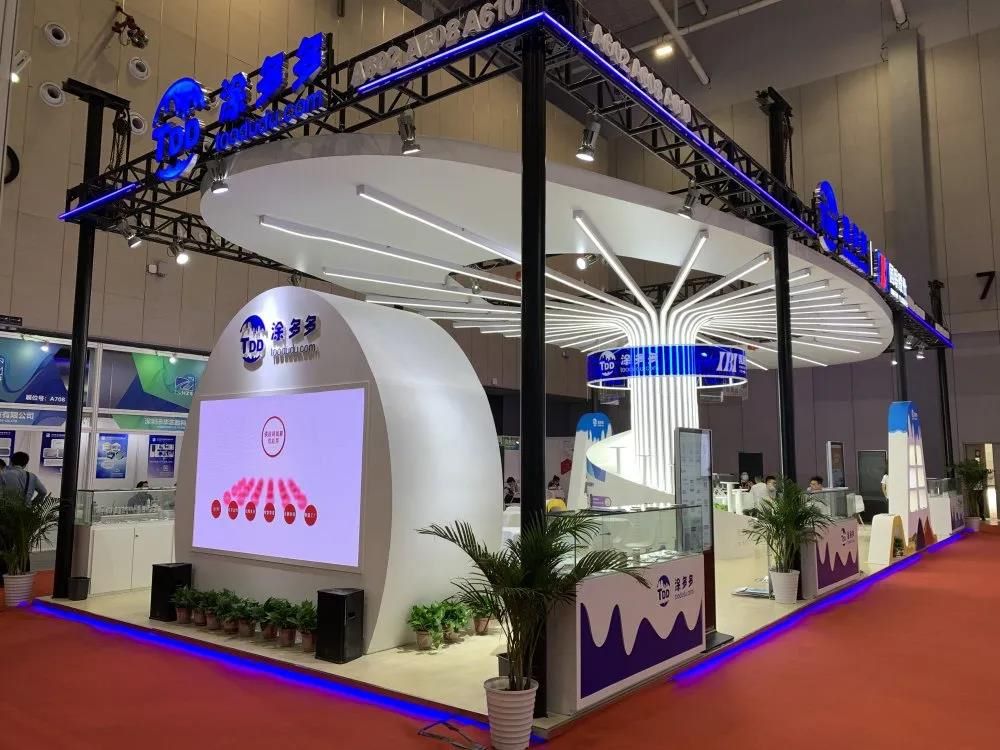Low Aspect Ratio Tires: Pros & Cons
Aspect ratio refers to the percentage of the tire's cross-sectional height to its maximum cross-sectional width, referred to as the tire aspect ratio. High aspect ratio tires have a high cross-sectional height, strong buffering capacity, relatively good driving comfort, but poor road feel and low lateral resistance when turning.
Many cars are now equipped with low aspect ratio tires, such as sports cars, track racing cars, luxury cars and modified cars.
Why are low aspect ratio tires so popular? There are several reasons: Beautiful appearance: Low aspect ratio tires are installed on the car, and the overall shape of the car body looks more coordinated.
For some modified car enthusiasts, upgrading their cars to large-size wheels is also the first step in playing with cars. This not only makes the vehicle look more sporty and fashionable, but also very beautiful, which can bring a lot of head-turning rate.
Safety: Low aspect ratio tires are mostly high-performance tires, and the tire width is much wider than ordinary tires. It can greatly improve the tire's grip and stability, and improve the tire's high-speed performance.
Fast speed: The lower the tire aspect ratio, the higher the corresponding speed level, and the corresponding tire weight and rolling resistance coefficient will also be reduced. Therefore, this also explains why sports cars and performance cars are equipped with low aspect ratio tires when they leave the factory.
Since 2020, the country has also appropriately relaxed the vehicle modification policy. Vehicles can increase the tire size appropriately on the basis of the original tires (that is, they can replace low-profile tires). However, it should be noted that while increasing the tire size, the existing width of the tire cannot be changed, otherwise it will be regarded as an illegal modification. After talking about the benefits of low-profile tires, is it that the flatter the tire, the better? No, low-profile tires also have their disadvantages:
Tires are the natural shock absorption system on the car, and their shock filtering effect is unmatched by any shock absorber. If low-profile tires are replaced, it is equivalent to having no natural shock absorption system, and the vehicle relies entirely on the suspension system to absorb vibrations, and the comfort of the vehicle will inevitably deteriorate.
According to the usual practice of modified car players, after replacing low-profile tires, in order to prevent the tires from scratching the body, a harder suspension shock absorption system will be replaced accordingly. In this way, the comfort of the entire vehicle is basically gone.
Higher price
Low-profile tires are mostly high-performance tires, and the manufacturing process is more difficult, resulting in higher costs, so the price of such tires is generally not too cheap.
Tire dealers recommend that low-profile tires have higher requirements for road conditions. If the road conditions in your city are complex and there are often some raised manhole covers or potholes, it is not recommended to replace low-profile tires.
Because these tires have poor shock absorption performance, if you are not careful during driving and drive too fast, it may cause the tire to bulge or rupture.











